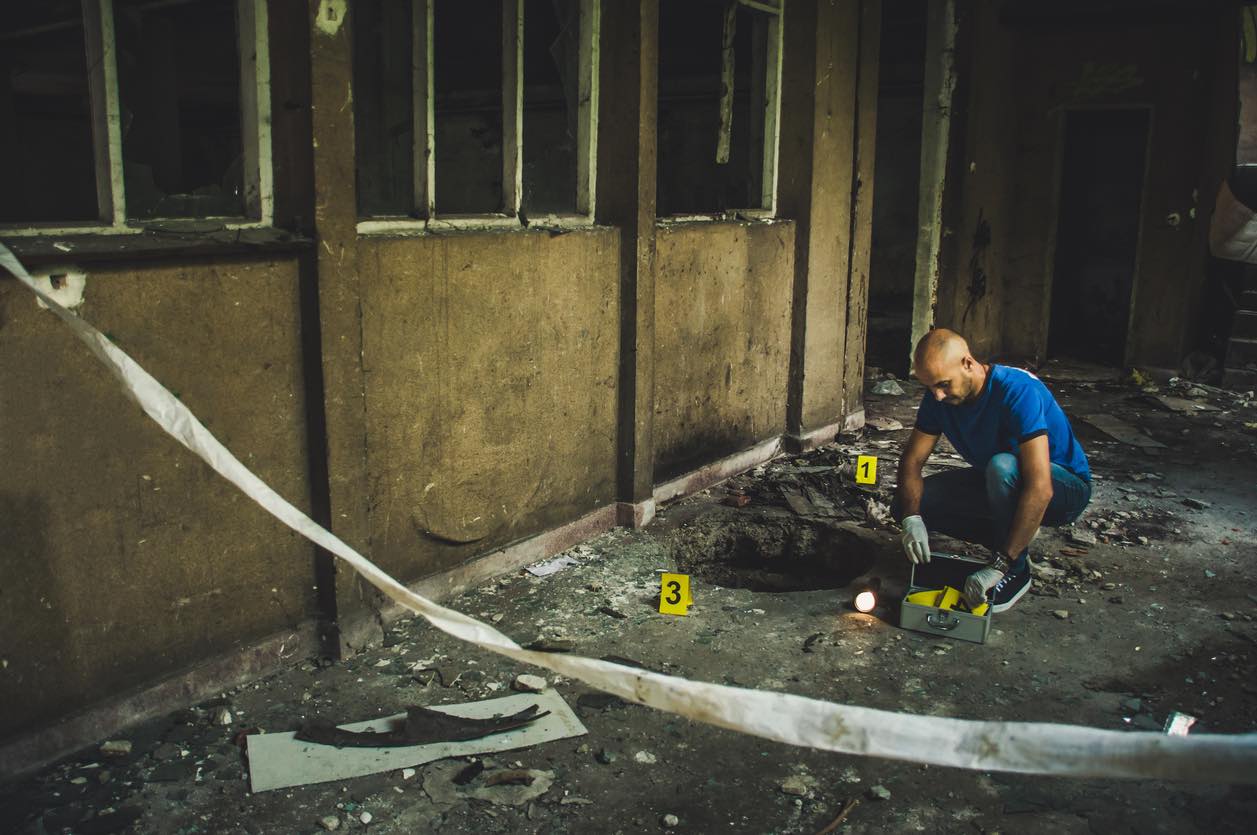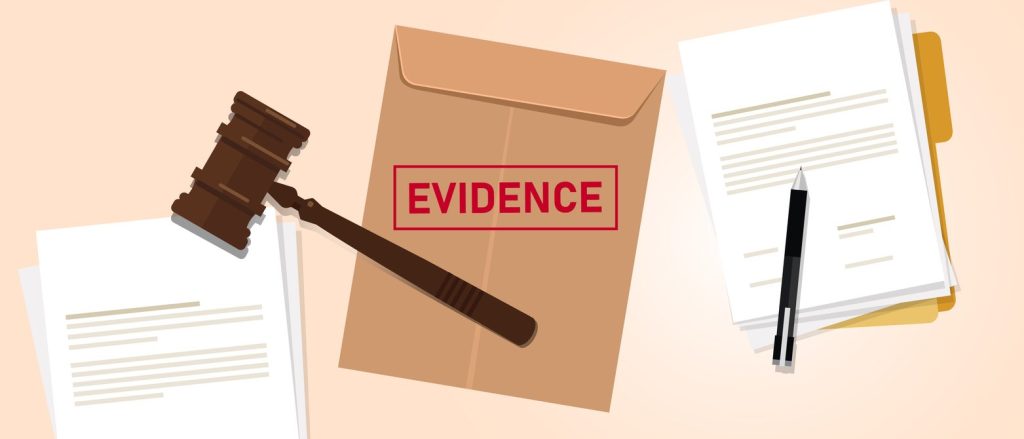In a trial, evidence is used to establish, verify, or deny particular facts about the case. They use the facts they supply to assist if something is true or not. The accused’s fingerprint at the crime scene is a sort of evidence that proves they were present at that exact spot but not when they were there.
In this piece, we’ll look at the many sorts of evidence used in court, how they’re used, and how they could affect your case.
Anything that can be used to determine whether or not a crime has been committed is considered evidence. Evidence can be used to connect a suspect to a crime scene, confirm or contradict an alibi or statement, identify a perpetrator or victim, exonerate the innocent, compel a confession, or lead additional inquiry.
Every piece of evidence isn’t created equal. In fact, evidence is classified into a variety of categories based on its features and trustworthiness. An eyewitness narrative, for example, is classified differently from left-behind hair or a piece of clothing. Evidence that can be used to rebuild something
Associative Evidence
Advertisement
In a nutshell, associative evidence connects a suspect to the crime scene, the victim, or another piece of evidence. Fingerprints, footprints, hair, fibers, blood and other bodily fluids, knives, bullets, weapons, paint, and a variety of other objects and substances, including dirt, can all be used to connect a suspect to a crime scene.
Associative evidence can sometimes have the reverse effect, indicating that a suspect’s fingerprints, hair, or blood do not match those found at the crime scene, implying that the crime was committed by someone else.
Investigators can use the logic underpinning this theory to link suspects to victims, tangible things, and situations. Associative evidence refers to any evidence that can connect a person to a crime scene. Fingerprints, blood and body fluids, weapons, hair, fibers, and other similar objects may be included. This kind of proof provides an answer to the question, “Who did it?”
While associative evidence connects people to the location of the crime, reconstructive evidence allows investigators to learn more about what happened there.
The investigator may also collect recognized chemicals, referred to as control samples, to aid in establishing the linkage of individuals and things to a scene. Examples are fibres from the scene’s carpeting, glass pieces, soil, vegetation, and other trace evidence.
Reconstructive Evidence
Reconstructive evidence is any evidence that aids law enforcement agents in better understanding what transpired at the crime scene. Broken glass or pried-open doors and windows often show a culprit’s entry and exit locations, and knowing whether a window was smashed from inside or outside indicates which way the perpetrator passed through it.
Shoeprints, blood spatters, and gunshot trajectory evidence may be used to determine where everyone was in the room and how and in what order the events of the crime transpired. If the victim was assaulted from the front or from the behind, if the life was taken quickly or after a struggle, and if the leading suspect was there at the time of the murder, all of these factors play a role in forming a clearer picture of the crime scene.
Evidence collected has the potential to be extremely useful in building associations that ultimately lead to reconstruction, but only if it is detected and evaluated correctly. It is lost almost as surely as if it never existed if it is not acknowledged as well as recognized. Moreover, if it is not accurately read, it will undermine any attempt to reconstruct the crime. It’s easy to argue that erroneous evidence is worse than no evidence at all. Though trace evidence can greatly aid in the reconstruction of a crime scene, it does not always yield answers that lead to a complete reconstruction.
The defendant may seek a criminal defence lawyer personally, or the court may assign the case to one. Many criminal defence lawyers work for the public defender’s office and are compensated by them. Local, state, and federal courts appoint them to cases. Private firms recruit other criminal defence lawyers.
Due to the referral procedure and the payment coming from individuals other than defendants, public defenders are paid less than private lawyers and have a larger caseload. A court may appoint a private attorney to represent a client in some situations.


